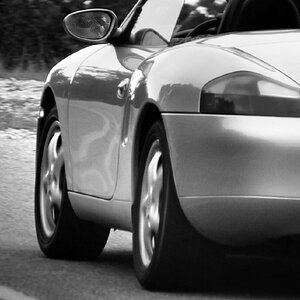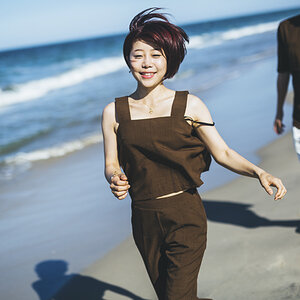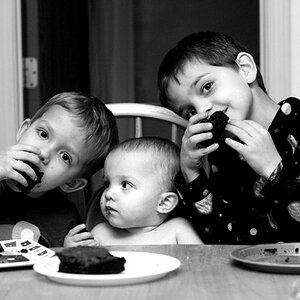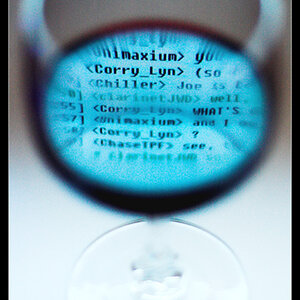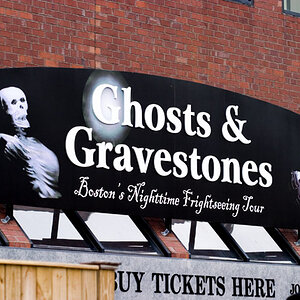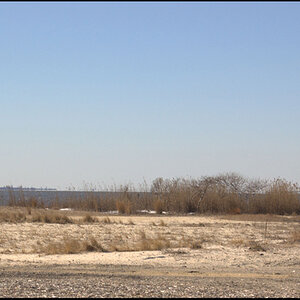ottoj
TPF Noob!
- Joined
- Oct 25, 2016
- Messages
- 1
- Reaction score
- 0
- Can others edit my Photos
- Photos NOT OK to edit
We are looking between Canon EOS 5D and EOS Rebel T5i, we are holding sporting event, our goal stream live video over IP and coax. We chose HDMI to QAM modulator (DVB-C and IPTV) - our goal is to shorten a delay, we would like to know other's opinion is there any latency difference between Canon EOS 5D and EOS Rebel T5i If I run signal through direct HDMI output in 24Mbps mode? Or if you guys can kindly recommend me better camera for live-streaming, I would really appreciate it.
Thank you in advance!
Thank you in advance!


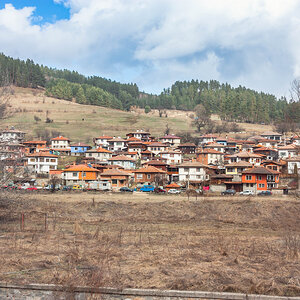
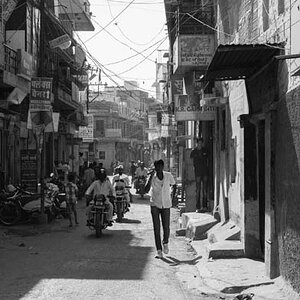
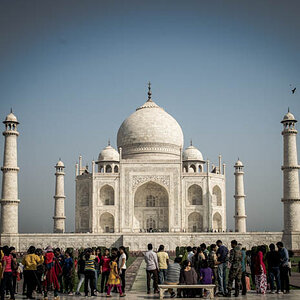
![[No title]](/data/xfmg/thumbnail/37/37535-0e9dcff8bc21e85b84fa89af160ac8d5.jpg?1619738132)
